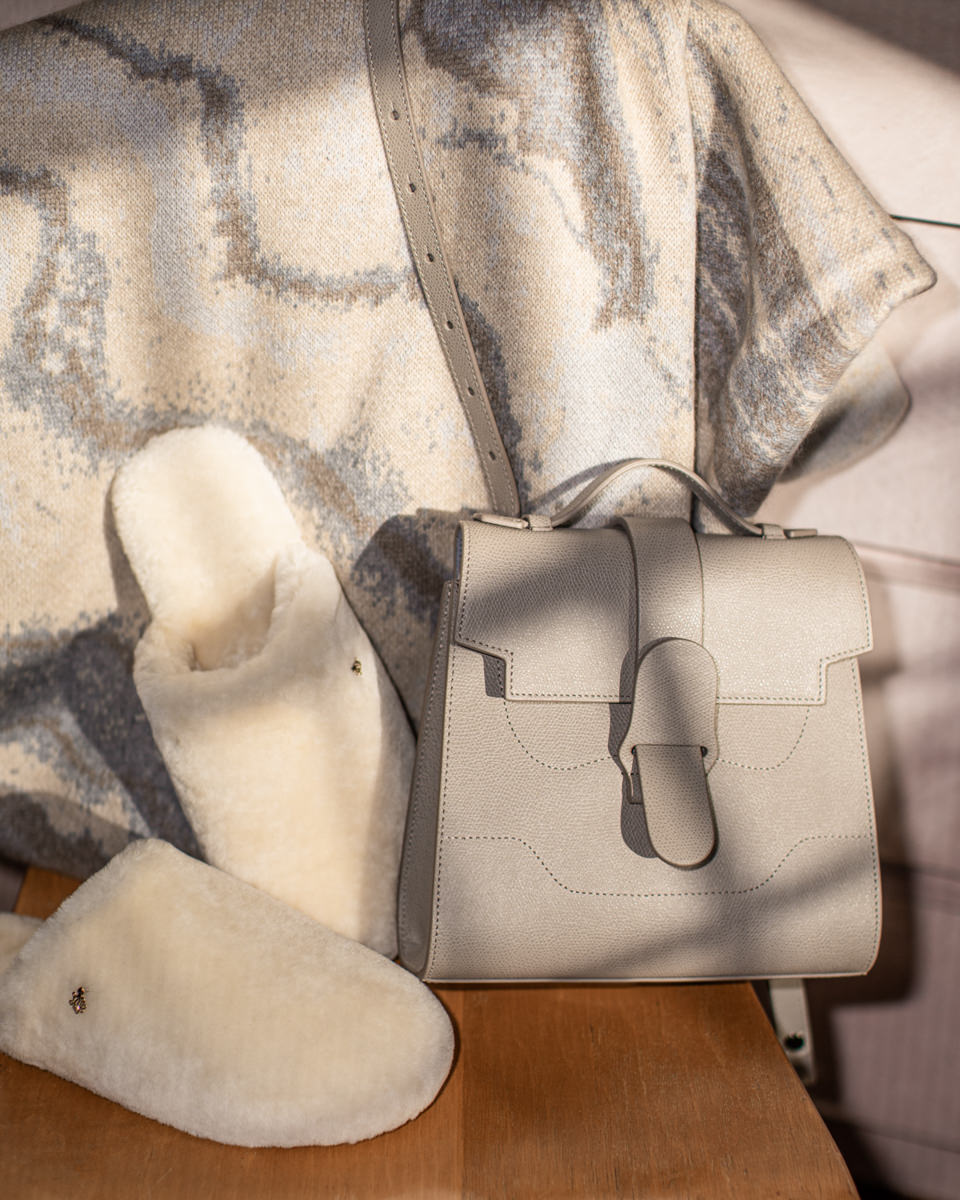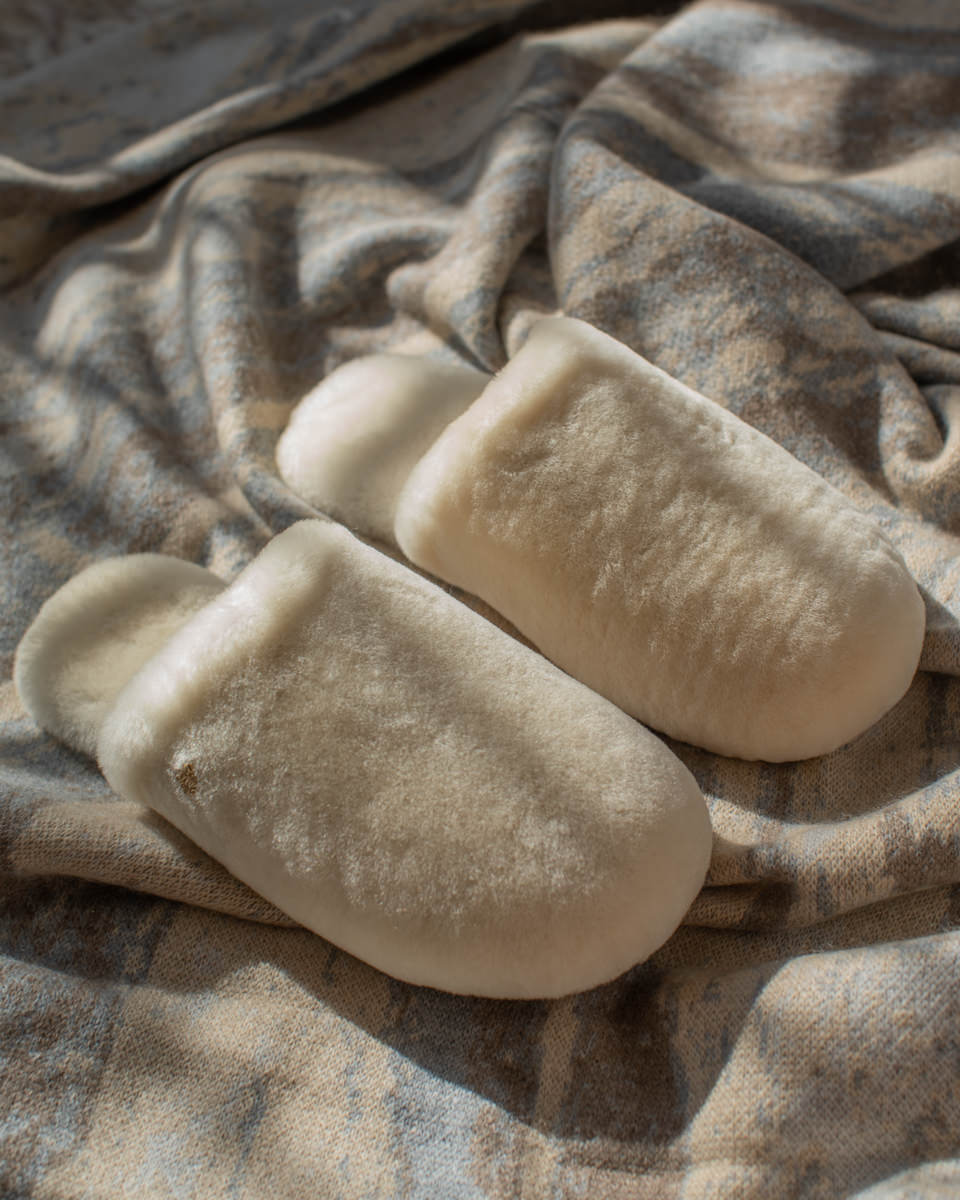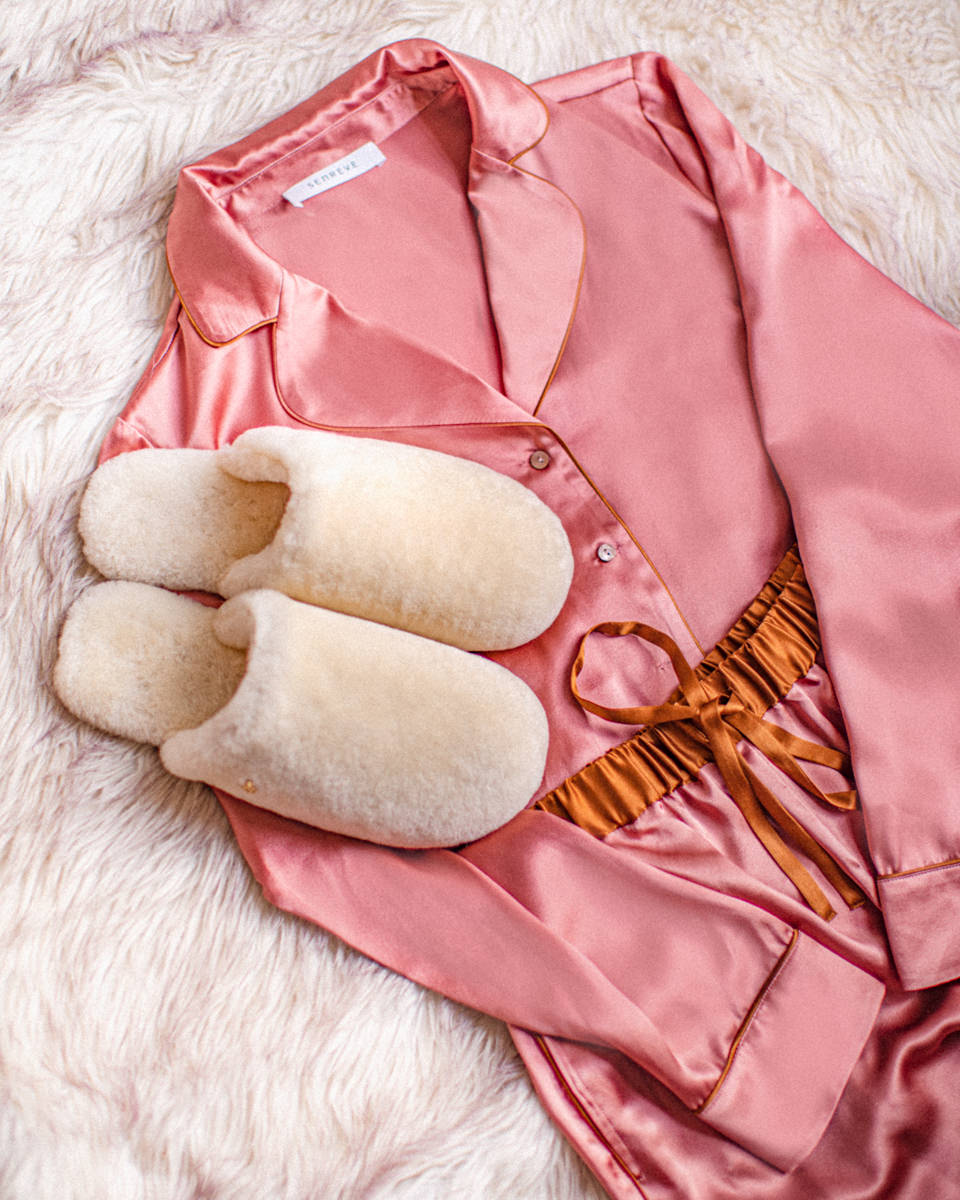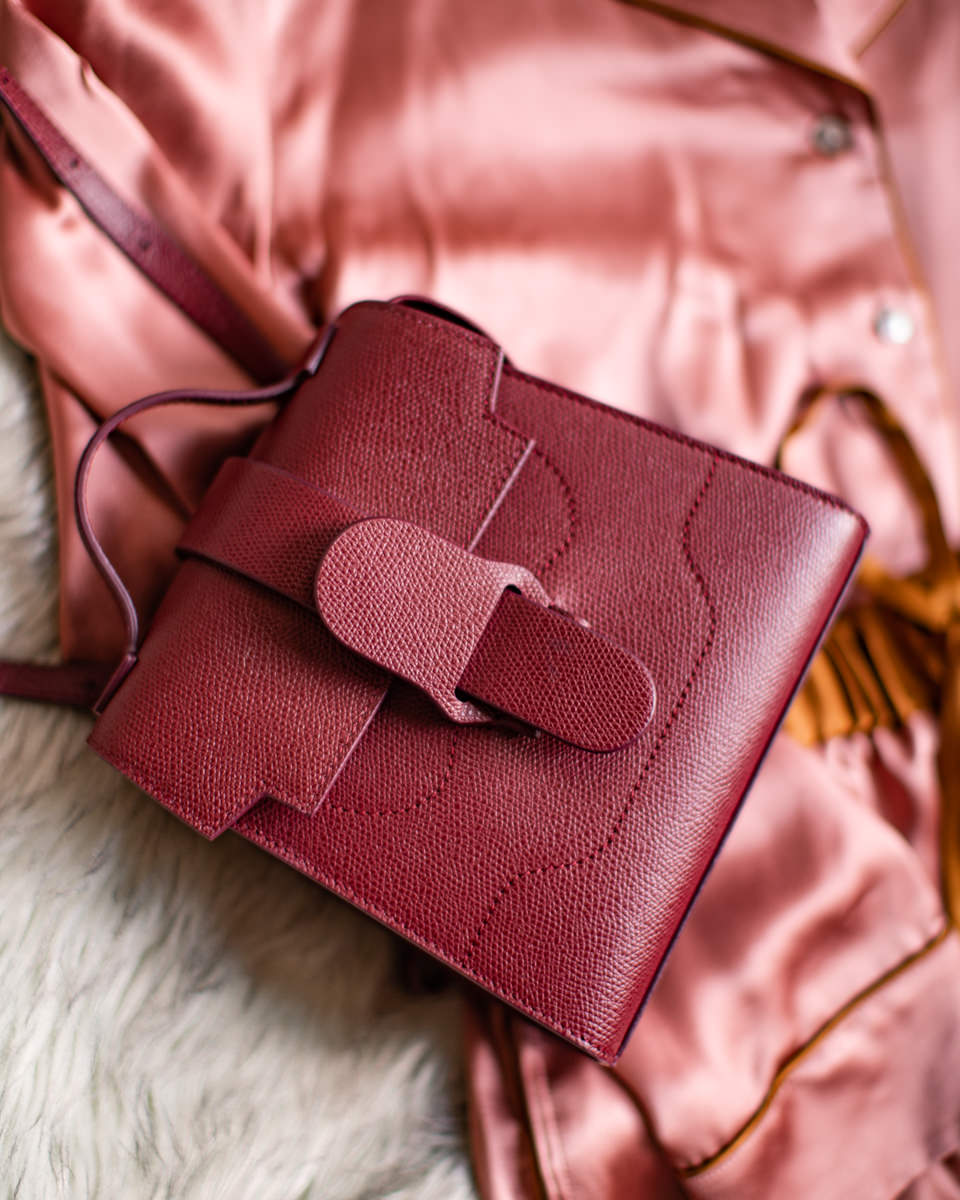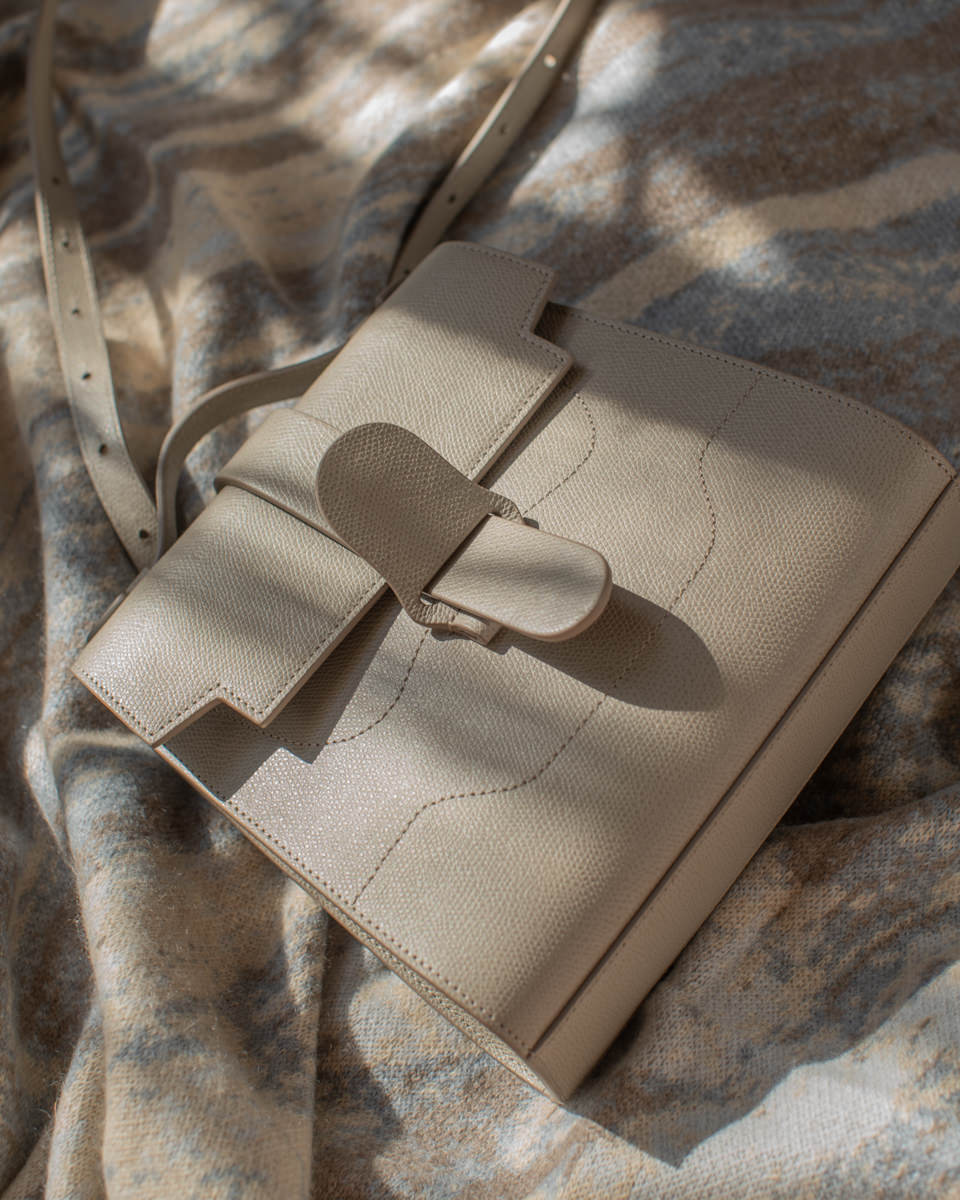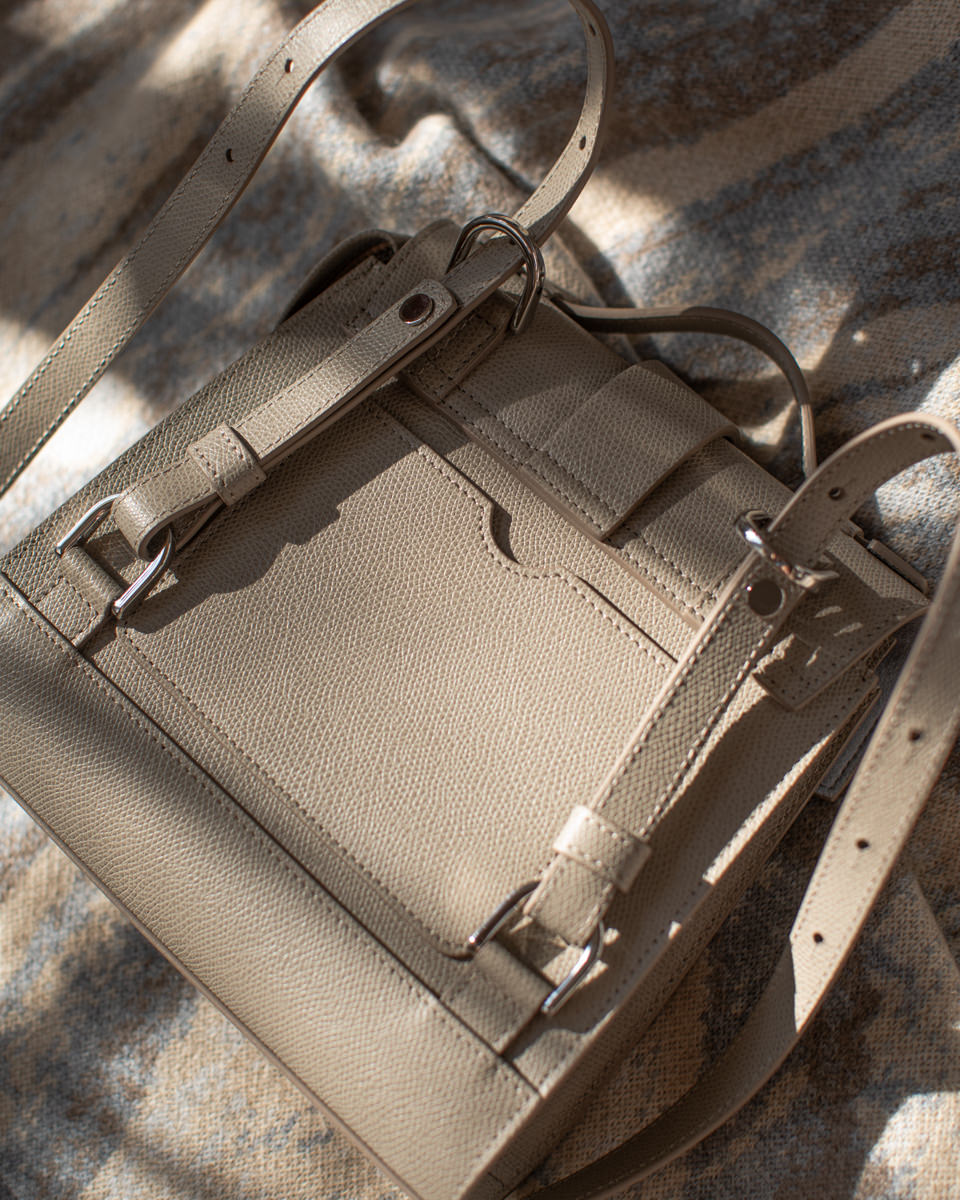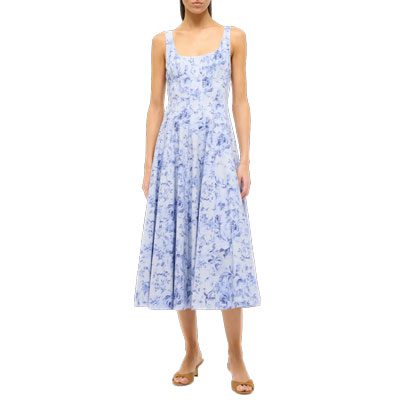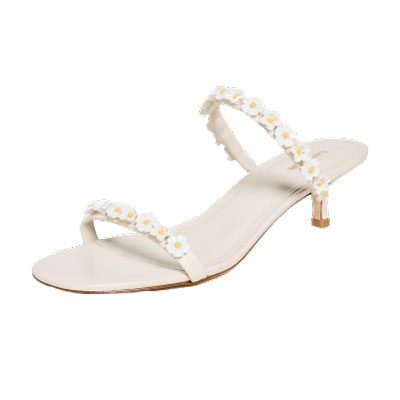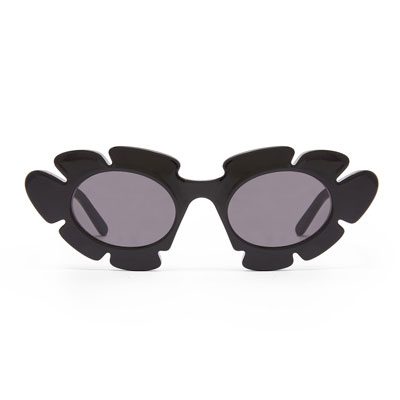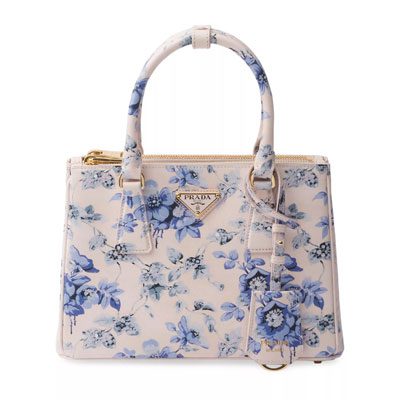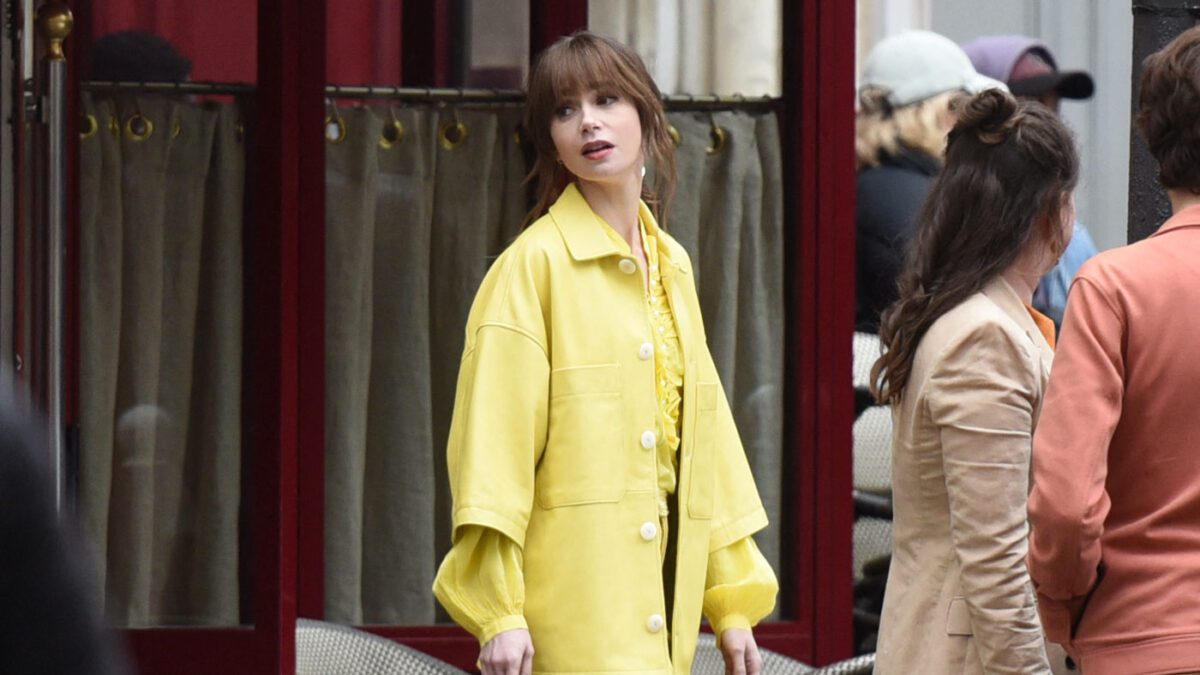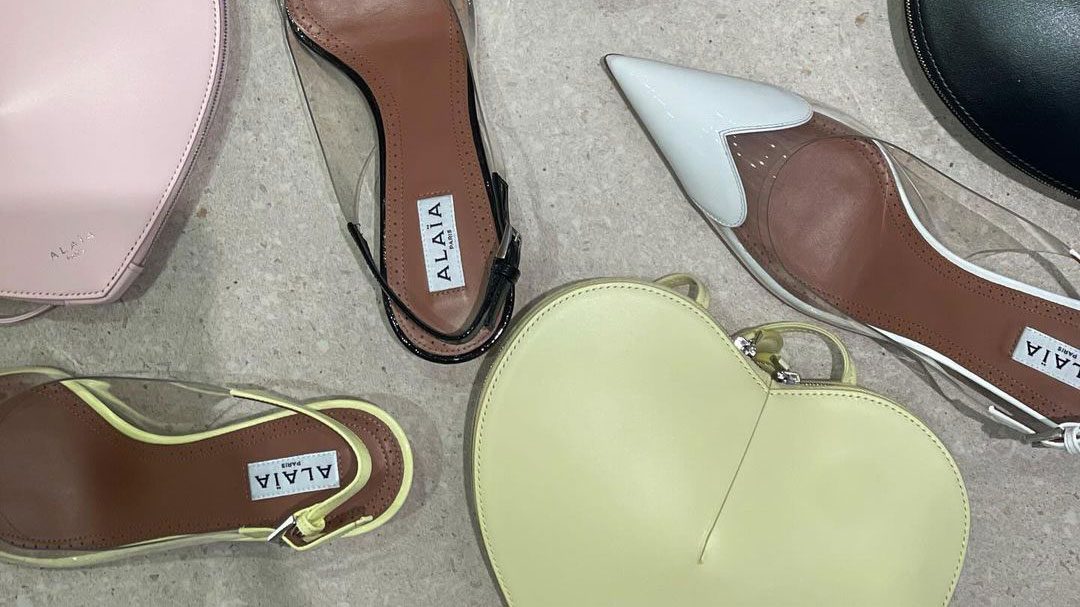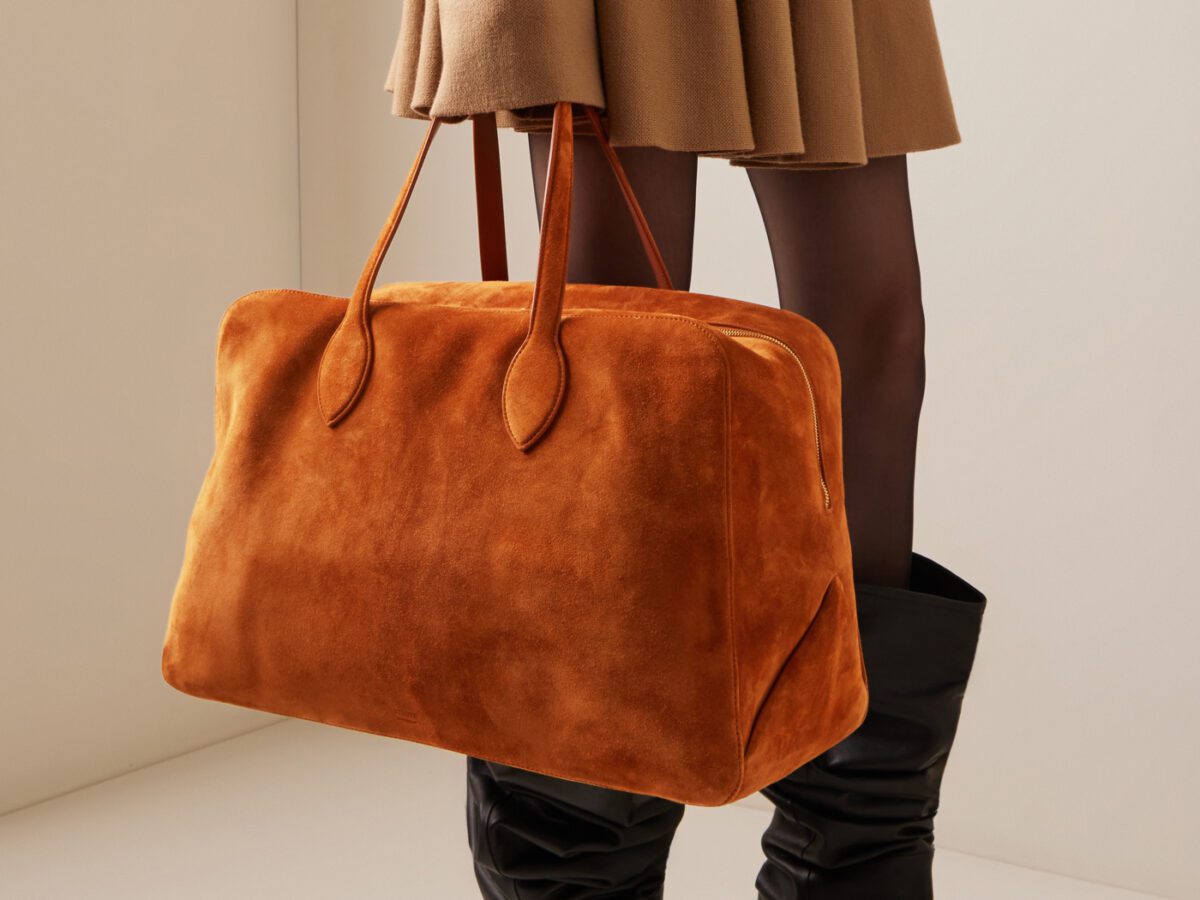A midday scroll through your Instagram feed will likely bring you face-to-face with your college friend’s new puppy, your co-worker’s socially-distanced quarantine wedding, a few election-related memes, a whole lot of home decor accounts and—whether as an ad or a photo posted by someone you follow—a specific handbag noticeably draping off the arms of celebrities and influencers alike.
Seemingly everywhere yet not as historically recognizable as a Chanel or a Louis Vuitton purse, that’s the Maestra bag, which is produced by Senreve, a direct-to-consumer brand that has quite literally disrupted the handbag industry—or, at the very least, clearly shed light on the deep-rooted buying power of the millennial generation coupled with the strength of online-adjacent advertising efforts.
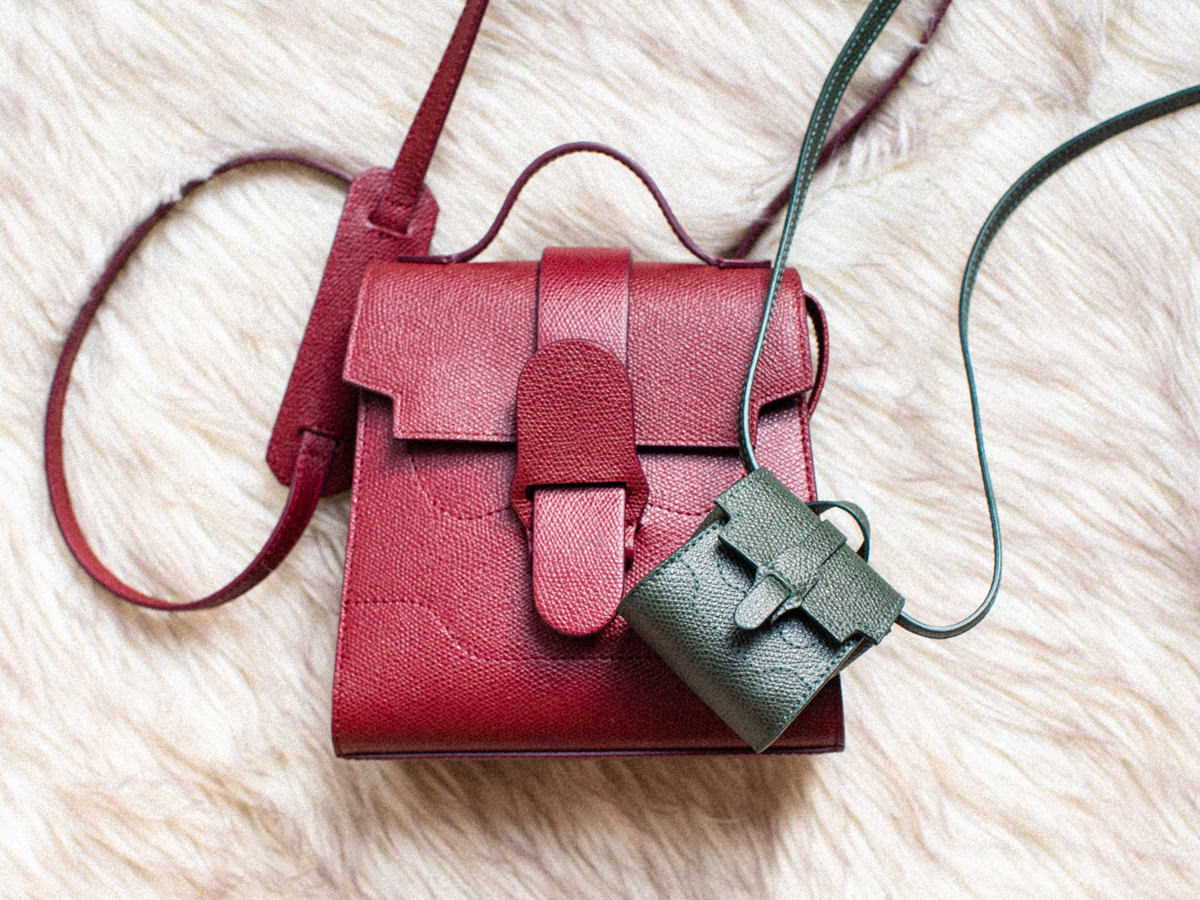
Established in November 2016 by Stanford-educated fashion gurus Coral Chung and Wendy Wen, Senreve loosely translates to "sense and dream" in French. That dichotomy—one aspect focusing on the technicalities of the perfect bag and the other on the inexplicable allure of any fashion piece—rests at the heart of the brand, now entirely led by Chung, the company’s CEO.
“The process for us is very much art-meets-science,” says Chung. “Even though being sensible and being dreamy are polar opposites, we feel that women today are women who do it all—they’re mothers, executives, entrepreneurs, creatives—they refuse to be defined by one thing.”
To cater to that polarity, Senreve has come up with a whole roster of products that can be worn in different ways and at a variety of occasions. All of them produced in Italy—although, given the current pandemic and Italian shutdown, the company has been exploring other avenues of production—the bags are the direct result of a study of minutiae. They are data-driven fashion statements that check a whole lot of boxes.
Citing high-quality materials (a water-resistant genuine leather exterior and a stain-resistant micro-suede interior) and emotional connectivity as principal tenets of the company, Chung seems to be extremely clear-eyed when it comes to the designing of each product. “It’s a combination of the luxury, the beauty, the craftsmanship, the design and all the details,” says the CEO when queried about the characteristics of a perfect bag. “It’s very artistic in nature and very emotional in connecting with a woman, combining all the features she really wants and needs. That includes being able to fit a laptop, being able to wear the bag in multiple ways and being able to be hands-free.”
Although the Maestra bag—which starts at $895 and comes in 39 different color variations—has undoubtedly become the most recognized Senreve style, Chung mentions the Aria belt bag as another best-seller. In addition to the latter two, the company has cautiously and meticulously released a slew of other designs as well. Whereas the boxy Maestra caters to the day-to-night wearer, the Coda belt bag strikes a “cooler,” more weekend-appropriate chord. The Doctor bag, on the other hand, offers a slimmer and a tad more sophisticated look that’s been sported by the likes of Selma Blair and Emma Roberts.
Speaking of celebrities: in addition to its direct-to-consumer positioning and the data-driven approach to each offered product, what distinguishes Senreve from other brands and what has likely largely contributed to its success is its phenomenal influencer reach, which has arguably worked better than traditional advertising. In fact, according to Chung herself, “we don’t really have the budget for [traditional advertising]. I feel like our community is mostly online and we rarely do any off-line type of marketing.”
It’s not only about financials: word of mouth and the clear effects of influencer spotlights render conventional avenues for advertising almost irrelevant. “One of the things that we found is that influencers are really helpful,” Chung says. “They have a very specific following and they’re able to contextualize the bag and make it more real for somebody who is looking for inspiration.” Given its direct-to-consumer model, influencer campaigns sort of take the place of brick-and-mortar try-ons. “We don’t have a store footprint so people couldn’t contextualize the products for themselves,” explains the CEO. “It’s very different from fashion editorial or celebrity because it gives women a more personalized and realistic kind of content.” In short: you’ll imagine yourself wearing the bag because you can imagine yourself living the same life as the influencer you’re following.
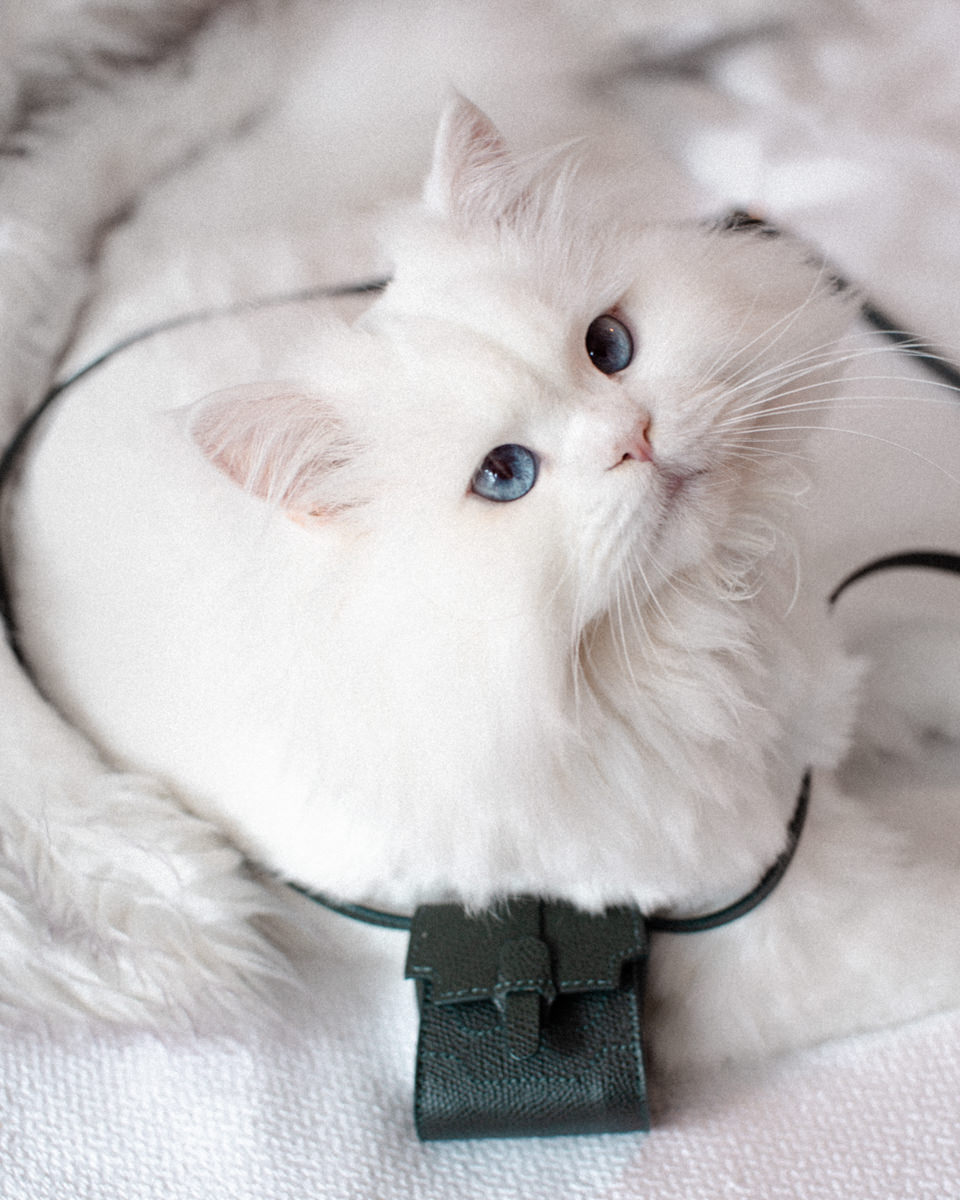
But that reliance on social media personalities has also led to a backlash by potential buyers who think that giving out supposedly free handbags to influencers somewhat forces them to post about the products in the first place. The image, they believe, isn’t necessarily an indication of their endorsement of the bag but, rather, a clear display of tit-for-tat.
When faced with the criticism, Chung isn’t cagey about Senreve’s reliance on online personalities, indirectly noting that the company is simply playing by the new rules of a new world order that Senreve itself has helped shape. “We want to make sure that we don’t do anything too aggressive that is damaging to the brand, but, on the other hand, it’s a balance,” she says. “We’re always exploring and testing and trying new channels that may or may not be effective for us.”
Those tests are highly dependent on the company’s business model. Specifically, direct-to-consumer isn’t just about folks straightforwardly purchasing bags from Senreve without the use of third party vendors, but about Senreve being able to ask potential buyers about their specific preferences, in a way constructing products to meet real demands.
That elasticity and ability to quickly react to a need came into play during the pandemic era especially, as bags quickly became the first fashion items to turn obsolete as people were stuck at home. For a handbag company, that could have meant immediate demise but Senreve actually rose to the occasion by pivoting its product lineup and releasing the Alunna bag, a smaller, easier-to-carry product ideal for “doing errands, going for a walk or even going on a bike ride because you can wear it as a backpack,” says Chung.
The Alunna was born in reaction to evolving 2020 trends, Chung explains. “People are not traveling long distances and they are not needing bags that are super large,” she says. Another thing they need more of? Home-appropriate clothing, a fact that led Senreve to accelerate production of an already-in-the-works new home line that includes shearling slippers ($215) a cashmere coatigan ($795) and a $65, 100%-vegan candle.
As on-the-nose and almost robotically fulfilling as Senreve’s products are, one question remains: given its relatively steep prices, what makes Chung’s products more worth than, say, a classic Louis Vuitton or Dior handbag? “They have the benefit of legacy and heritage, which we don’t have,” she says. “But I think the disadvantage for companies and brands like those is that [because] they are rooted in legacy they, maybe, to a degree, have an aversion to change and innovation.”
Citing the lack of e-commerce opportunities across many of these high-caliber brands, Chung posits that their “aversion to this modality” is a drawback given that “the consumer has already gotten there.” More directly: “They are focused on the fantasy and the dream, which we focus on too, but we’re rooted in a sense of empathy and reality and consideration for the real woman’s experience.” Clearly, Senreve is onto something.

